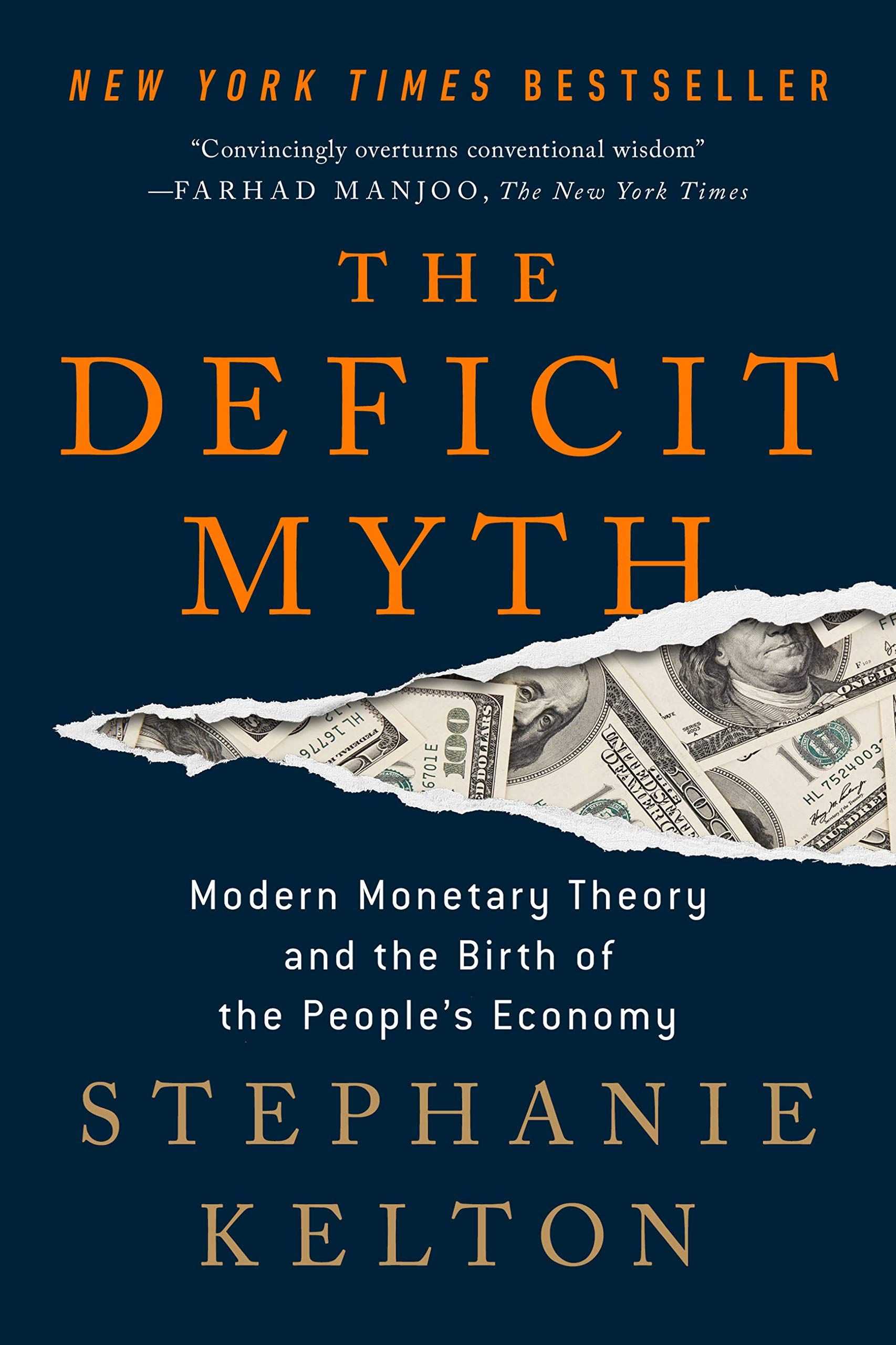18 Highlights
MMT radically changes our understanding by recognizing that it is the currency issuer—the federal government itself—not the taxpayer, that finances all government expenditures.
Just because there are no financial constraints on the federal budget doesn’t mean there aren’t real limits to what the government can (and should) do. Every economy has its own internal speed limit, regulated by the availability of our real productive resources—the state of technology and the quantity and quality of its land, workers, factories, machines, and other materials.
Spending or not spending is a political decision. Obviously, the economic ramifications of any bill should be thoroughly considered. But spending should never be constrained by arbitrary budget targets or a blind allegiance to so-called sound finance.
MYTH #1: The federal government should budget like a household. REALITY: Unlike a household, the federal government issues the currency it spends.
Your taxes don’t actually pay for anything, at least not at the federal level. The government doesn’t need our money. We need their money. We’ve got the whole thing backward!
“The government doesn’t want dollars,” Mosler explained. “It wants something else.” “What does it want?” I asked. “It wants to provision itself,” he replied. “The tax isn’t there to raise money. It’s there to get people working and producing things for the government.” “What kinds of things?” I asked. “A military, a court system, public parks, hospitals, roads, bridges. That kind of stuff.”
Take military spending. In 2019, the House and Senate passed legislation that increased the military budget, approving $716 billion, nearly $80 billion more than Congress had authorized in fiscal year 2018. There was no debate about how to pay for the spending. No one asked, Where will we get the extra $80 billion? Lawmakers didn’t raise taxes or go out and borrow an extra $80 billion from savers so that the government could afford to make the additional payments. Instead, Congress committed to spending money it did not have.
It ain’t what you don’t know that gets you into trouble. It’s what you know for sure that just ain’t so.
Mark Twain
To be clear, MMT is not about removing all limits. It’s not a free lunch. It’s about replacing our current approach, one obsessed with budget outcomes, with one that prioritizes human outcomes while at the same time recognizing and respecting our economy’s real resource constraints.
A deficit is only evidence of overspending if it sparks inflation.
Evidence of a deficit that is too small is unemployment.
As former Fed governor Daniel Tarullo confessed, the Fed has no reliable theory of inflation guiding its day-to-day decision-making. It has various conjectures, assumptions, and models, but many of these are unproven or indeed unprovable. It’s all something of a guessing game, where people’s lives are on the line.
There is a strong case to be made for taxing the rich, and we need to do it. But we need to do it strategically, recognizing that the purpose of the tax is not to pay for government expenditures but to help us rebalance the distribution of wealth and income because the extreme concentrations that exist today are a threat to both our democracy and to the functioning of our economy.
MMT recommends a different approach to the federal budgeting process, one that integrates inflation risk into the decision-making process so that lawmakers are forced to stop and think about whether they have taken the necessary steps to guard against inflation risk before approving any new spending.
We don’t want to allow excessive spending to cause inflation and then fight inflation after it happens. We want agencies like the CBO helping to evaluate new legislation for potential inflation risk before Congress commits to funding new programs so that the risks can be mitigated preemptively. At its core, MMT is about replacing an artificial (revenue) constraint with a real (inflation) constraint.
It’s easier to fool people than to convince them that they have been fooled.
Mark Twain
Savvy investors, like Warren Buffett, billionaire investor and CEO of Berkshire Hathaway, knew better. As Buffett explained, the US cannot “have a debt crisis of any kind as long as we keep issuing our notes in our own currency.”10 Buffett also understood that the Greek debt crisis happened because “Greece lost the power to print their money. If they could print drachmas, they would have other problems, but they would not have a debt problem.”
Today, some of the most influential economists in the world are telling us the debt might be sustainable after all, at least for now. These mainstream economists don’t arrive at the paradigm-shifting conclusions of an MMT economist, but some of them have softened their rhetoric in ways that have tempered anxieties about a looming debt crisis.
